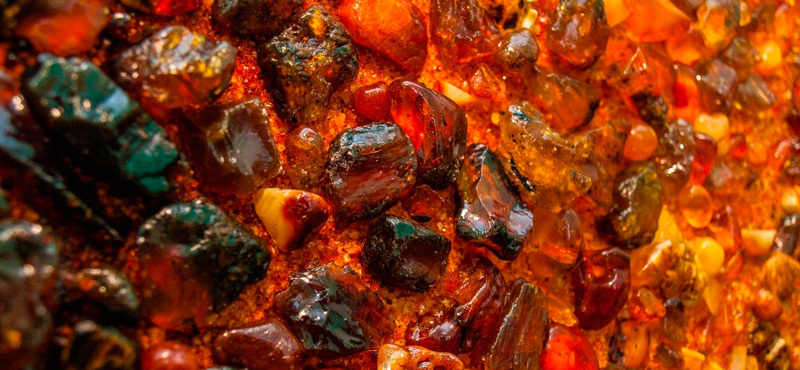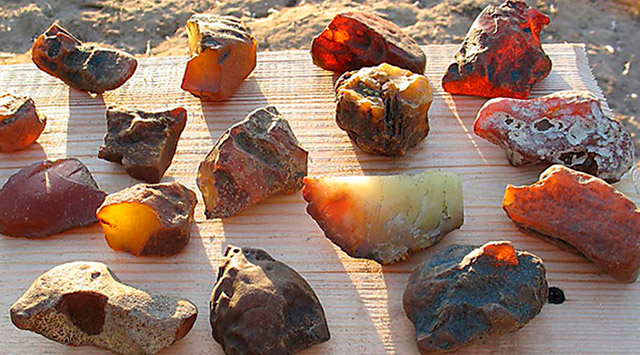| |
Color and Transparency of Amber: A Dazzling Spectrum
The allure of amber lies not only in its captivating colors but also in its varying degrees of transparency. With a palette boasting up to 400 shades, amber's color spectrum rivals that of any other mineral, making it a gemstone of unparalleled beauty variety of products, which you can view on the ukrburshtyn.com site.

A Radiant Palette: From Gold to Blue
Yellow, golden yellow, and golden orange hues dominate the spectrum, earning amber the epithet "sun stone" for its warm tones and luminous glow. Even seemingly milk-white amber harbors a hidden yellow hue, enriched by tiny bubbles of moisture and air that lend it a unique translucency. In Japan and China, the coveted "dragon's blood" hues of red and cherry symbolize prestige and power, reminiscent of precious rubies and born from ancient forest fires.
Rare blue specimens, ranging from soft blues to cornflower shades, hold a mystique all their own. While once attributed to the mineral vivianite, studies reveal that this distinctive hue arises from microscopic voids within the amber, scattering light to create its ethereal blue glow.
Transparency: Like a Tear
Transparency is a hallmark of amber's value, determining its worth alongside size, shape, and color. From ice-like clarity to opaqueness, amber's transparency varies based on factors like gas bubbles, moisture, and mineral impurities. Transparent specimens, reminiscent of ice, boast minimal or absent bubbles, while translucent varieties feature delicate slits that scatter light. Opacity, on the other hand, results from an abundance of microvoids, lending amber its characteristic cloudy appearance.

Patterns, Framing, and Value
Amber's inherent patterns, from frost-like swirls to algae-like formations, inspire artists and jewelers alike. These natural designs adorn a variety of amber jewelry, framed in precious metals to enhance their enchanting beauty. Translucent amber with hints of blue and green commands particular admiration, prized for its rarity and aesthetic appeal.
Classification and Rarity
Classifying amber is no simple task, with systems based on transparency, color, and polish. Ukrainian amber, for instance, encompasses six distinct types, ranging from succinite, the most common, to glessite, a rare red-brown variety. Additionally, amber is categorized into nine varieties based on factors like color, transparency, and polish, each offering its own unique charm and allure.
Despite nature's flawless craftsmanship, artisans have long sought to enhance amber's beauty, refining its color, transparency, and effects for use in exquisite jewelry and ornaments. These enhancements, while adding value, only serve to amplify amber's timeless appeal and allure.
Intrigued by the captivating world of amber? Explore its mesmerizing hues and enchanting properties, and discover the timeless elegance of this ancient gemstone.
|

